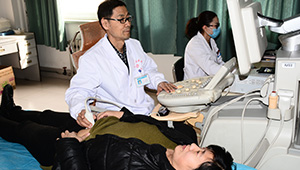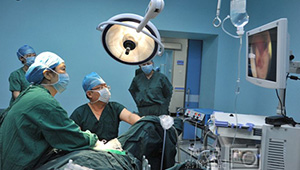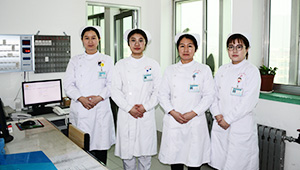- Home
-
overview

Hospital overview
Jisheng Hospital is located in the middle section of Wenmiao Street in Shouguang City and covers an area of 15000m2.
-
Hospital news

Hospital news
The Department of Obstetrics and Gynecology of Jisheng Hospital adopts the advanced “280-day full-course pregnancy counseling”
-
Department introduction

Department introduction
The hospital has obstetrics and gynecology, postpartum rehabilitation, pediatrics, internal medicine, surgery, Chinese medicine
- Brief introduction of experts

Brief introduction of experts
The hospital has more than 150 employees, including 25 directors and deputy chief physicians, and more than 100 beds. With Philips EPIQ four-dimensional color ultrasonic instrument
- Characteristic technology

Characteristic technology
Provide prenatal care, prenatal counseling, painless childbirth, postpartum rehabilitation, neonatal care, and growth and development testing services.
- Medical examination center
- Marriage and education class

Marriage and education class
In order to meet the medical needs of Shouguang people, Jisheng Hospital and Shandong University Qilu Hospital have reached a strategic cooperation.
- Mother and Baby Plaza
- Consultation

Consultation
For the medical practitioners, the entire medical staff of Jisheng Hospital will provide you with excellent technology and high-quality services to escort your health!


